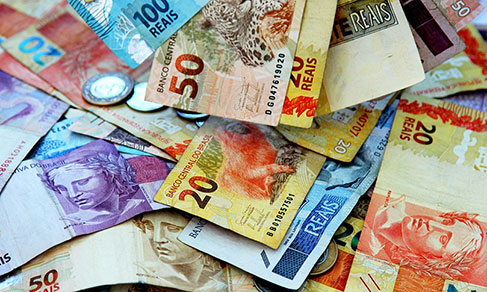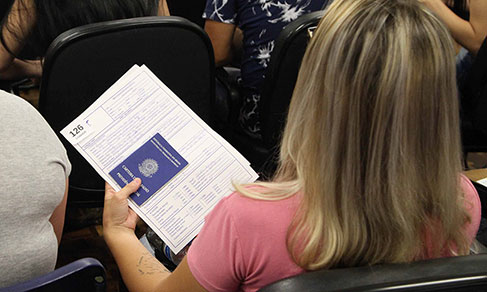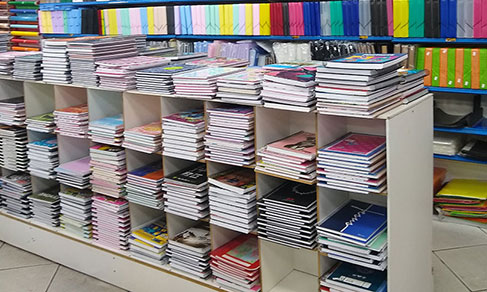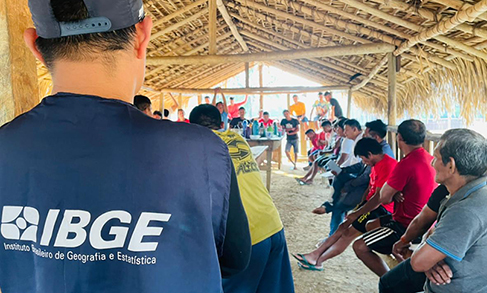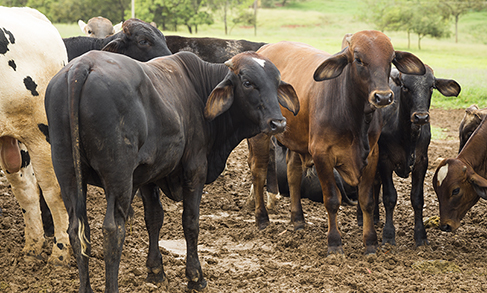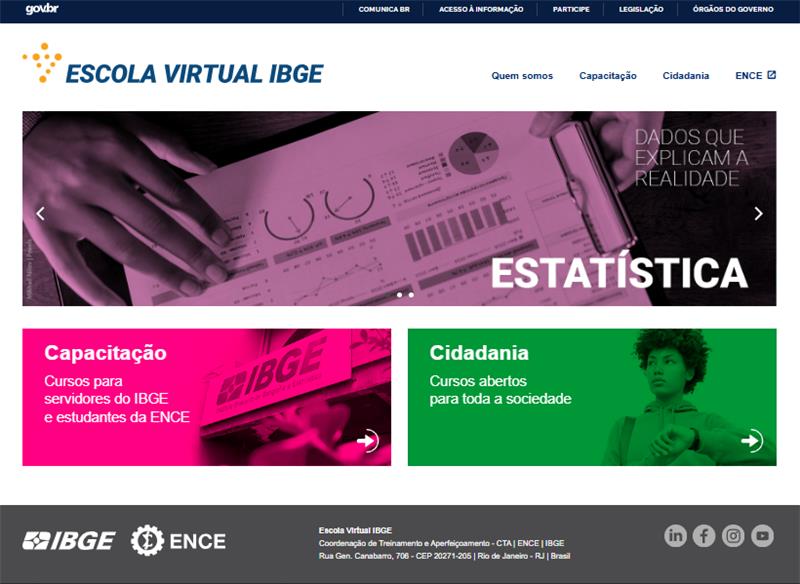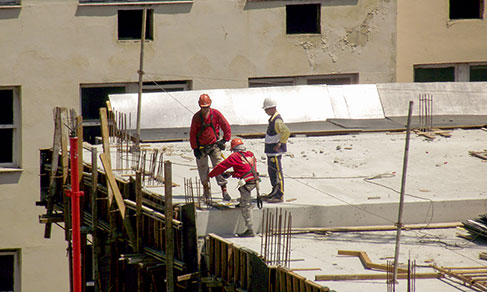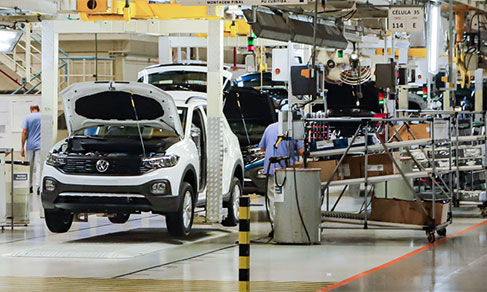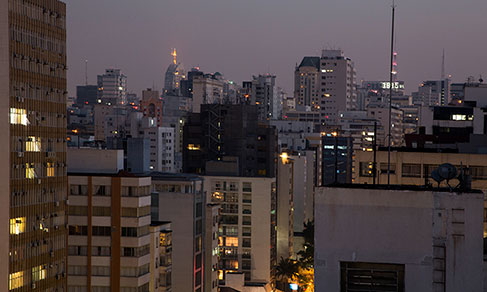IPCA-15
Inflation preview grows 1.06% in December and closes 2020 at 4.23%
December 22, 2020 09h00 AM | Last Updated: December 22, 2020 07h15 PM
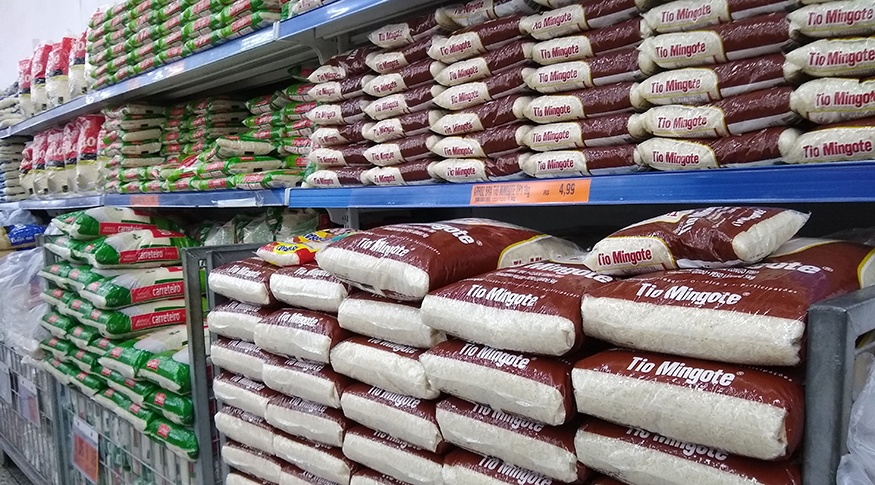
The Extended National Consumer Price Index 15 (IPCA-15) increased by 1.06% in December and closed the year 2020 with an increase of 4.23%. The result, released today (22) by the IBGE, is the highest cumulative index in the year since 2016 (6.58%). In 2019, the cumulative IPCA-15 was 3.91%.
The December index was 0.25 percentage points (pp) above the November rate (0.81%), which means the highest monthly change since June 2018 (1.11%). In December 2019, the IPCA-15 was 1.05%. The IPCA-E (cumulative IPCA-15 within a quarter) for the last quarter of 2020 was 2.84%.
Among the groups surveyed, only Wearing Apparel decreased in December: -0.44%. The biggest change (2%) and the biggest impact (0.42 pp) were, again, with Food and Beverage, which ended the year with a cumulative increase of 14.36%, the highest in a year since 2002, when it registered 18.11%.
The increase was driven by the increase in food for consumption at home (2.57%), especially meat (5.53%), rice (4.96%) and fruit (3.62%). Potatoes (17.96%) and soybean oil (7.00%) also had price rises in the December inflation preview, but showed a slowdown in comparison with November, when they registered increases of 33.37% and 14.85%, respectively. Among the drops in the group, the highlights were tomatoes (-4.68%), garlic (-2.49%) and long-life milk (-0.74%).
In that same group, food away from home increased from 0.87% in November to 0.58% in December, influenced by the drop in snacks (-0.11%), whose prices had risen 1.92% in the previous month. Meals, on the other hand, went the opposite way: increase of 0.86%, against 0.49% in November.
The second largest change of the IPCA-15 in December came from the Housing group (1.50%), contributing 0.23 pp to the index. The main influence of the group was the increase in the item electricity (4.08%), driven by the return of the red flag level 2 (with an increase of R$ 6.243 for every 100 kilowatt hours consumed) after ten consecutive months of green flag (without additional charges on the electricity bill). The changes in the item ranged from 1.31% in Belém to 6.92% in Goiânia, where there was a 2.57% increase in tariffs on 22 October. Another place with increase was Porto Alegre (6.05%), with a rise of 6.58% in one of the concessionaires, in force since November 22.
Still in Housing, the result of 0.22% of water and sewage comes from the 3.04% tariff rise in Belo Horizonte (1.97%), in force since November 1st. The increase of 1.80% piped gas is a consequence of the 6.25% rise in tariffs in Rio de Janeiro (6.25%), applied from November 24th, but retroactive to November 1st due to a Legal decision.
The Transportation group (1.43%) had the second greatest impact (0.29 pp) in the IPCA-15 of December, accelerating in relation to November (1%). The largest contribution (0.14 p.p.) came from airline tickets, which rose 28.31%. In addition, fuels (2.40%) registered an increase compared to November, with a highlight to gasoline (2.19%) and ethanol (4.08%). Among the drops, the highlight was the 0.25% decrease in urban buses, due to the 3.19% reduction in the ticket price in Porto Alegre (-3.19%), in effect since November 9 and not incorporated in the IPCA-15 of November.
Due to the extraordinary price collection carried out during the IPCA-15 with reference in December, in Education (0.34%), the greatest impact (0.02 pp) came from regular courses (0.44%).
The other groups surveyed were between 0.03% (Health and personal care) and 1.35% (Household Articles).
All regions had rises in December
As for the regional indices, all the regions surveyed had increases, with the lowest result recorded by Brasília (0.65%), mainly due to the 0.62% drop in gasoline prices, and the highest in Porto Alegre (1, 53%), due to the increases in electricity (6.05%) and meat (6.89%).
For the IPCA-15 calculation, prices were collected between November 13 and December 11, 2020 (reference) and compared to those in effect between October 14 and November 12, 2020 (base). The indicator refers to families with income from 1 to 40 minimum wages and covers the Metropolitan Areas of Rio de Janeiro, Porto Alegre, Belo Horizonte, Recife, São Paulo, Belém, Fortaleza, Salvador and Curitiba, in addition to Brasília and the city of Goiânia. The methodology used is the same as that of the IPCA, the difference is in the period of price collection and geographic coverage.




